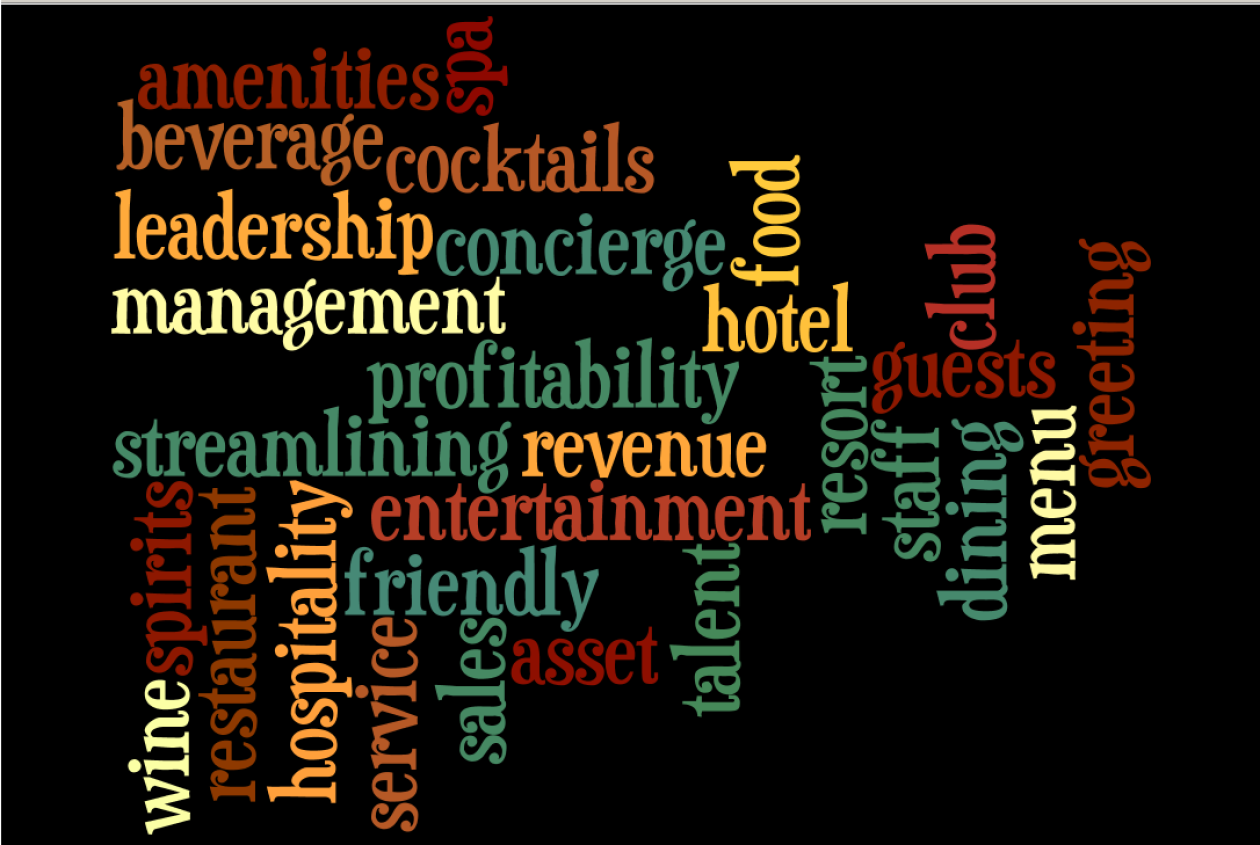What should I wear?
I am certain we have all heard this question over and over again and we’ve even asked ourselves this question countless of times.
I remember how, many moons ago, at a fancy downtown hotel, the mayor of the city was turned away from a restaurant for not wearing a jacket and not wanting to make use of the hotel/restaurant “loaner”. Soon thereafter, hotel chains like the Four-Seasons Hotel Co., started sprouting all over the world with their revolutionary approach of casual elegance and allowing jeans in their restaurants and lounges. A far cry to where we are now, with trendy and boutique like venues where, literally, anything goes!
You still have country clubs that frown on “improper” attire. Jeans are still not permitted in close to 90% of private clubs in the country! You still have the “older” generations fighting with the “younger” generations about what is and what should be.
Truth of the matter is, dress codes do work! Yes! That’s right – I said it! BUT, now more than ever, there is a time and place for everything. Here’s a fun exercise to try out: If you have the flexibility at your work place, dress down for one week, heck even for just one day and observe how your work habits change: more casual, more relaxed, more likely to cut some corners, more laid back. Then, for the next week or even just a day, dress up, full business attire to the tees: notice anything different? More serious at work, more punctual, more “business-like”?
What about when going out for drinks and dinner? Does food taste different when you’re wearing jeans and a T-shirt or when you’re wearing black-tie?
It really all comes down to one of my favorite topics: perception, and the fact that perception is reality! The way you dress gives not only a perception about you to the outside world, but even more importantly it gives a perception of yourself to the one that matters the most, you!
I have found that in the hospitality world, one should not dictate to the customer what one should wear, but rather focus on creating and fostering an environment and ambiance where a customer’s needs and wishes are mirrored by the staff and environment. Society has changed dramatically in the past 50 years and continues to change exponentially; the me-me factor is more and more prevalent.
Some people say that the customer MUST be taught/educated on how to behave, what to wear and how to experience their life. I’m a firm believer in the concept of live and let live and things will work out on their own. You want to honor yourself and loved ones – dress up next time you go out – not because the restaurant is fancy but because you want to feel fancy and self-respected. You want to relax and dress-down after a whole week of wearing suffocating ties and jackets – then do just that, dress down and be yourself. Just try to be in tune with the fact that perception is reality and the question will always be: whose reality do you want to live?
There are two things you can do: either you do it or you don’t!
At Your Service,
Aurelian
